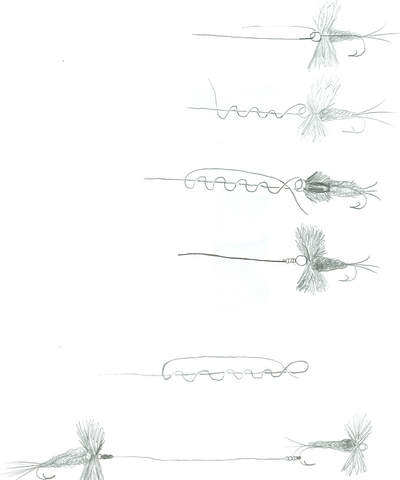Not your typical knot! Learn how to tie the perfect fly fishing knots including Loop to Loop, Clinch Knot, Surgeon’s Knot and Blood Knot.
Posted on 29 June 2021

The following four knots and connections are the most commonly used day in and day out by the majority of anglers for most freshwater applications. While these four will cover all basic needs at any given time, getting out on the river will help you find out what works comfortably for you.
*Hint: The most common problem we see anglers making while learning or practicing their knots are using a very short tag end. It is highly recommended to use a longer tag end, this will greatly ease the tying and time taken to finish your knots.
Loop to Loop Connection
For convenience sake many leaders and fly lines are being manufactured with loops for ease of connection. Most commonly used to attach a leader to a fly line.

* If your fly line does not have a loop built in already, have your local fly shop put on a butt section with a loop or a braided loop connector.
The Clinch Knot
The clinch Knot is used to attach your flies to the leader or tippet. It is the most frequently used knot during a full day of fishing.

To use the Clinch for adding a dropper, you simply tie it free hand without a fly and slip the loop onto the bend of the first fly!
The Surgeon’s Knot
The Surgeon’s knot is the simplest and quickest way to join two like diameter pieces of leader material together. Mainly used to connect tippet to leader.

The Blood Knot

The Blood Knot is the most conventional knot used for joining tippet to leader and for joining two lines of unequal diameter. Often a challenging knot to learn, the trick, as with all knots, is using a long tag end! Having a companion who is fluent in tying this knot who can walk you through it the first few times can be of great assistance.